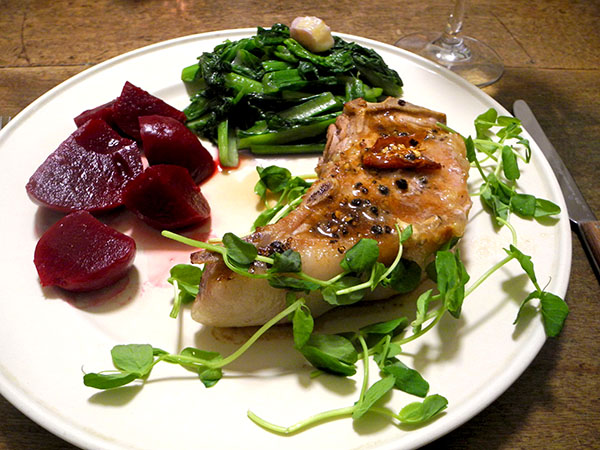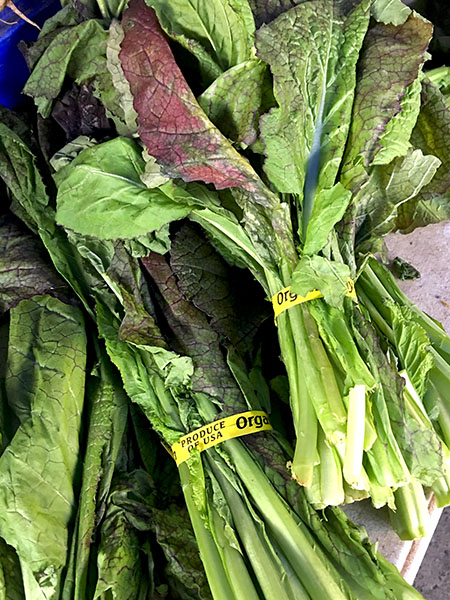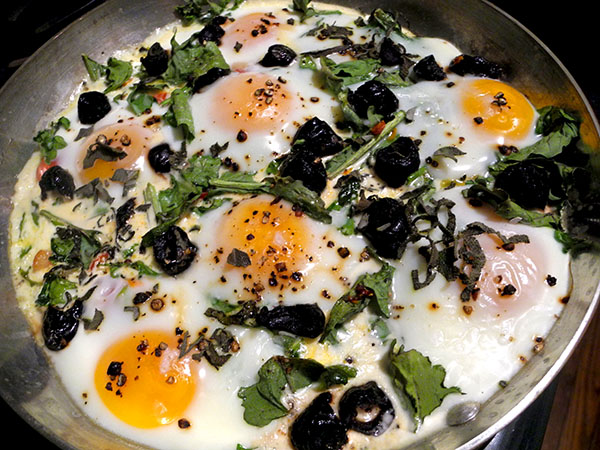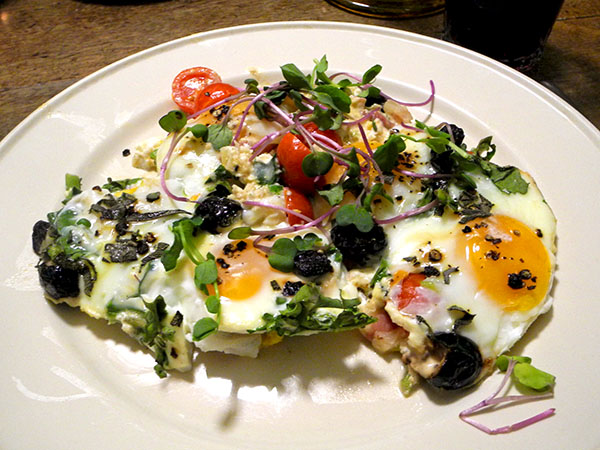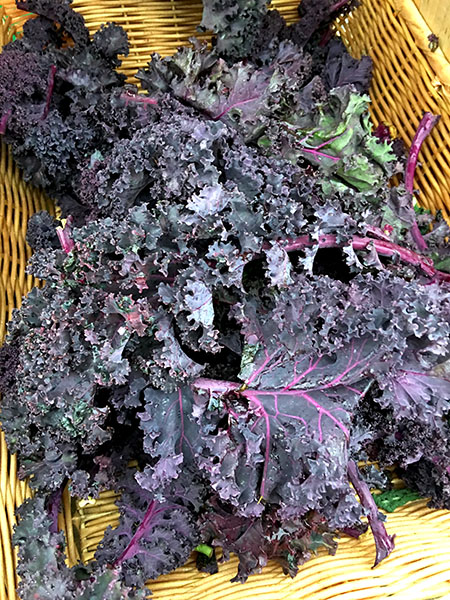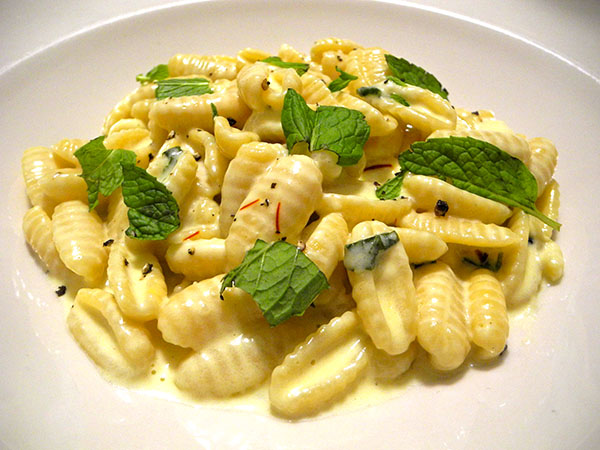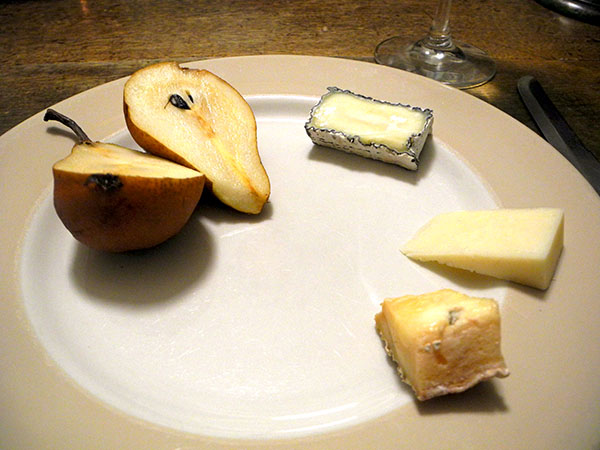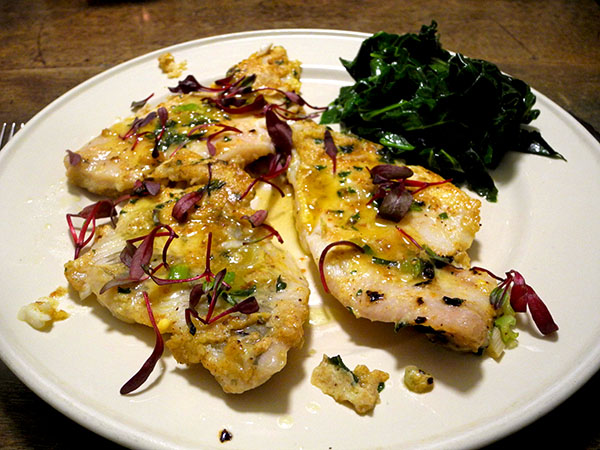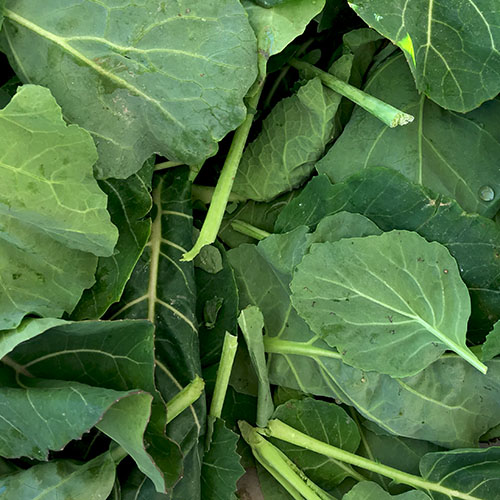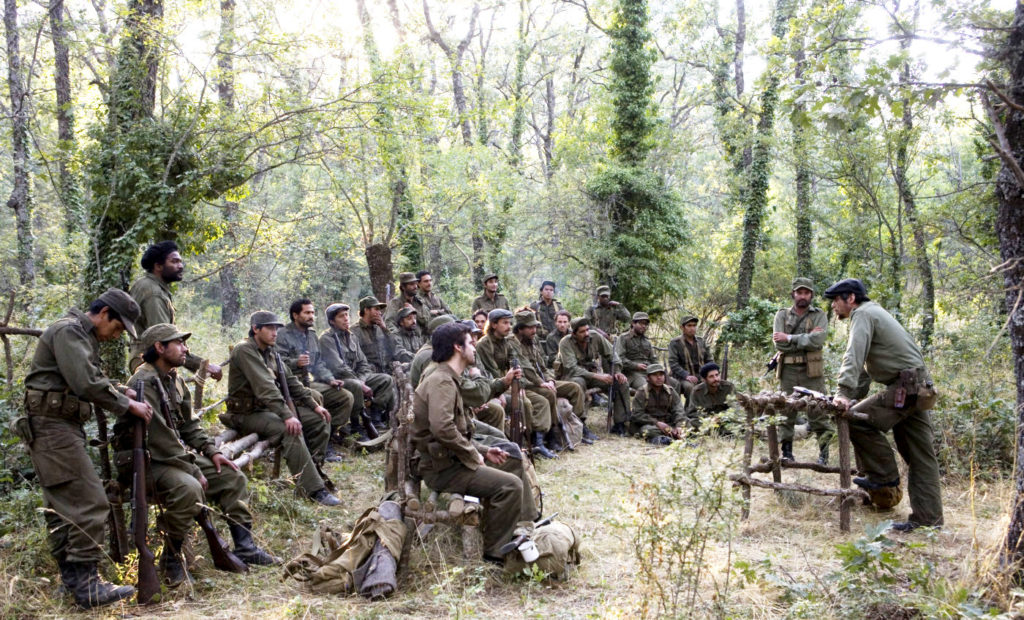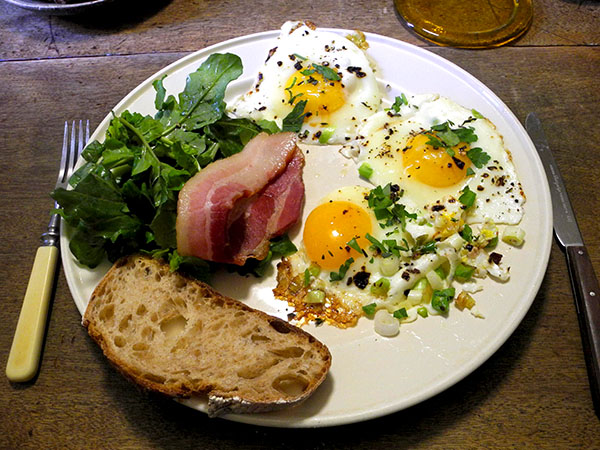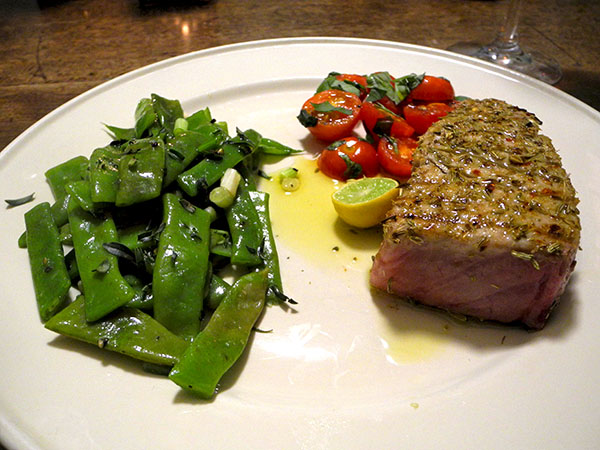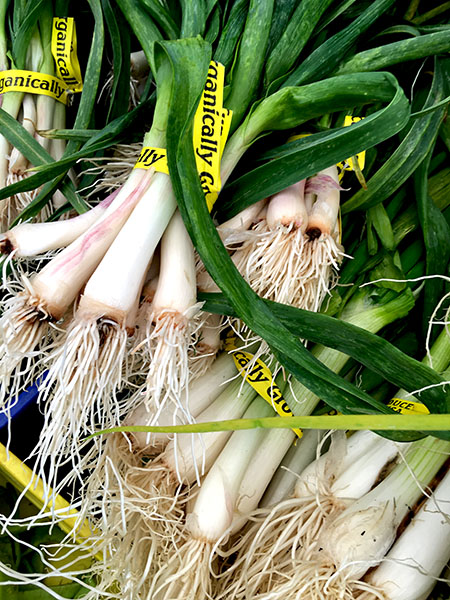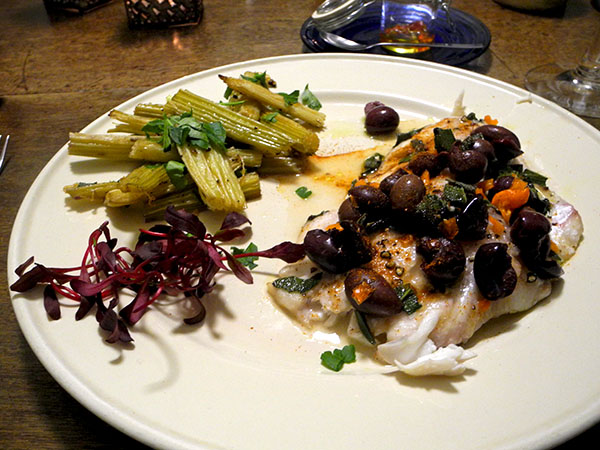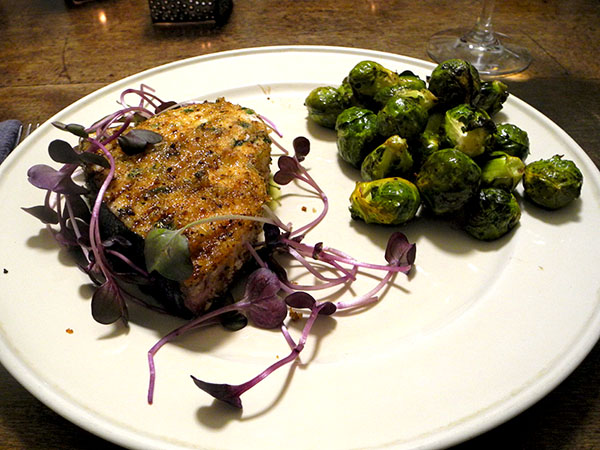
This was another easily-assembled meal, and one which is always regardless of what subtle variations I’ve made to the basic recipe.
Brussels sprouts always seem to be a great accompaniment, even for fish.
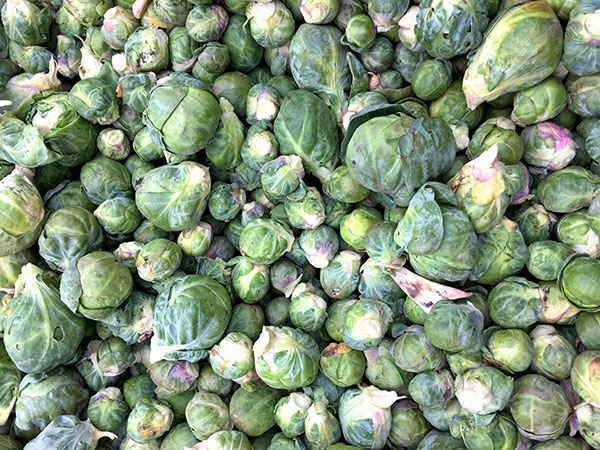
- two 8-ounce swordfish steaks off of Scott Rucky’s fishing vessel, ‘Dakota’, out of East Islip, from Long Island’s American Seafood Company stall in the Union Square Greenmarket), marinated for about half an hour in a mixture of olive oil, chopped fresh oregano from Stokes Farm, a tiny bit of crushed dried Sicilian pepperoncino from Buon Italia, and a very small amount of a very thinly-sliced small red onion from Phillips Farm, drained well and covered with a coating of dried homemade bread crumbs, pan-grilled above a fairly high flame for about 3-4 minutes on each side, removed, seasoned with salt and pepper, removed to the plates, sprinkled with a little local lemon juice from Fantastic Gardens of Long Island, sprinkled with purple radish micro greens from Windfall Farms, and drizzled with olive oil
- small Brussels sprouts from Hoeffner Farms, tossed with olive oil, salt and pepper, spread, without touching each other, onto a large, well-seasoned Pampered Chef oven pan, then roasted in a hot oven (400º) for about 20 minutes until slightly browned and crisp on the outside (they taste surprisingly sweet, and a bit nutty), finished in the pan with a small splash of balsamic vinegar
- the wine was a Spanish (Rioja) white, Muga Rioja Blanco fermentado en barrica 2015
- the music was Christoph Willibald Ritter von Gluck‘s fully ‘reformed‘ 1779, opera, ‘Iphigénie en Tauride‘, performed [here the full-length recording] by Marc Minkowski and Les Musiciens du Louvre
